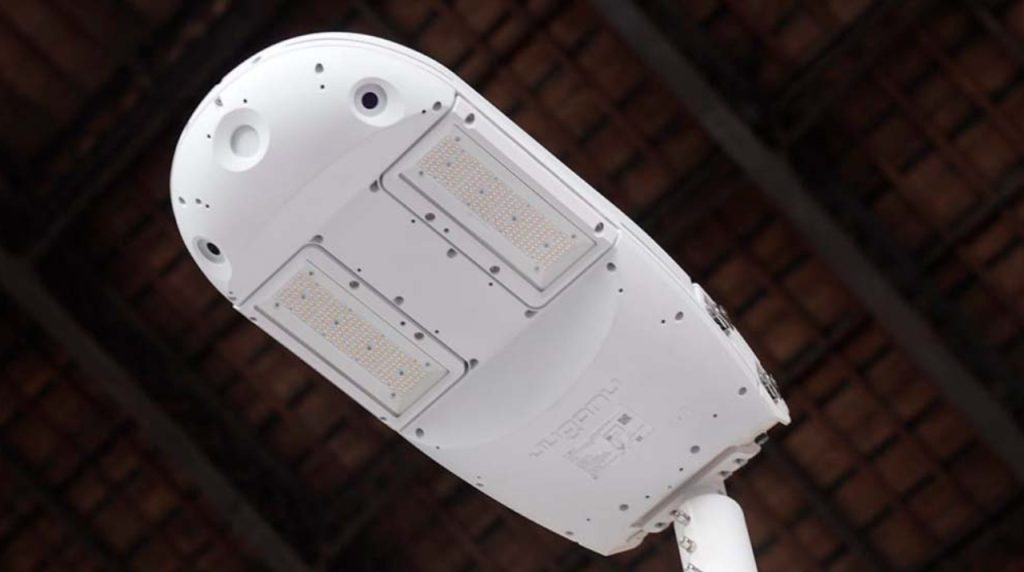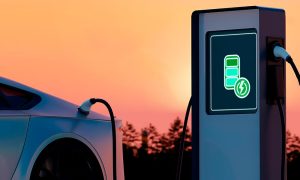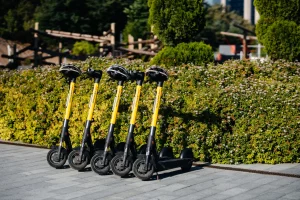Enel X made a live presentation of the attributes of a sophisticated public luminaire for urban spaces equipped with integrated cameras, various sensors and a digital control panel.
According to the company’s press release, the innovation not only optimizes energy consumption, powerfully illuminating the wide radius of the pole, but also offers highly innovative adaptations in safety.
Enel emphasizes that the technology, using the captured data to improve surveillance, promotes more protected environments and permanent, real-time monitoring of the city’s spaces.
You may also read: Chile: Enel X and Public Sector Inaugurate First Charging Center in Las Condes
Live Presentation
During a real test, it was demonstrated live how the luminaire, positioned on one of the streets of the Metropolitan Region, can capture through high-resolution camera images the facial recognition of people.

In addition, it perceives the identification of license plate registrations, counting of individuals, crowd density and other monitoring that is received in a control room and whose data is processed instantaneously, storing all the information in a cloud.
The new technology was presented at Smart City Expo Santiago, highlighting also in its operation a series of environmental sensors that measure noise, climate, air quality and dimming according to activity, all of which works in extreme temperature conditions that can range from -25° to 50° Celsius.
Karla Zapata, General Manager of Enel X, points out that these kinds of advances are the clearest example of technological progress that brings with it improvements in the quality of life of people and their urban environments.
“When we explore new opportunities focused on collaborative developments that lead us towards smarter, more sustainable and safer cities, this kind of solutions such as luminaires with artificial intelligence, are a leap in quality that we must use to generate positive impacts,” she highlighted.
“We are encouraged to have and offer not only these versatile and functional devices, but also a wide mix of solutions that allow us to see how technology, energy efficiency and innovation build more connected, sustainable and resilient cities,” Zapata added.







